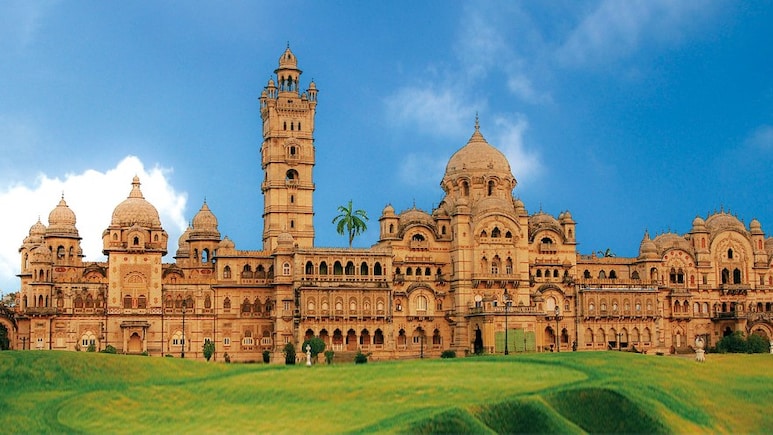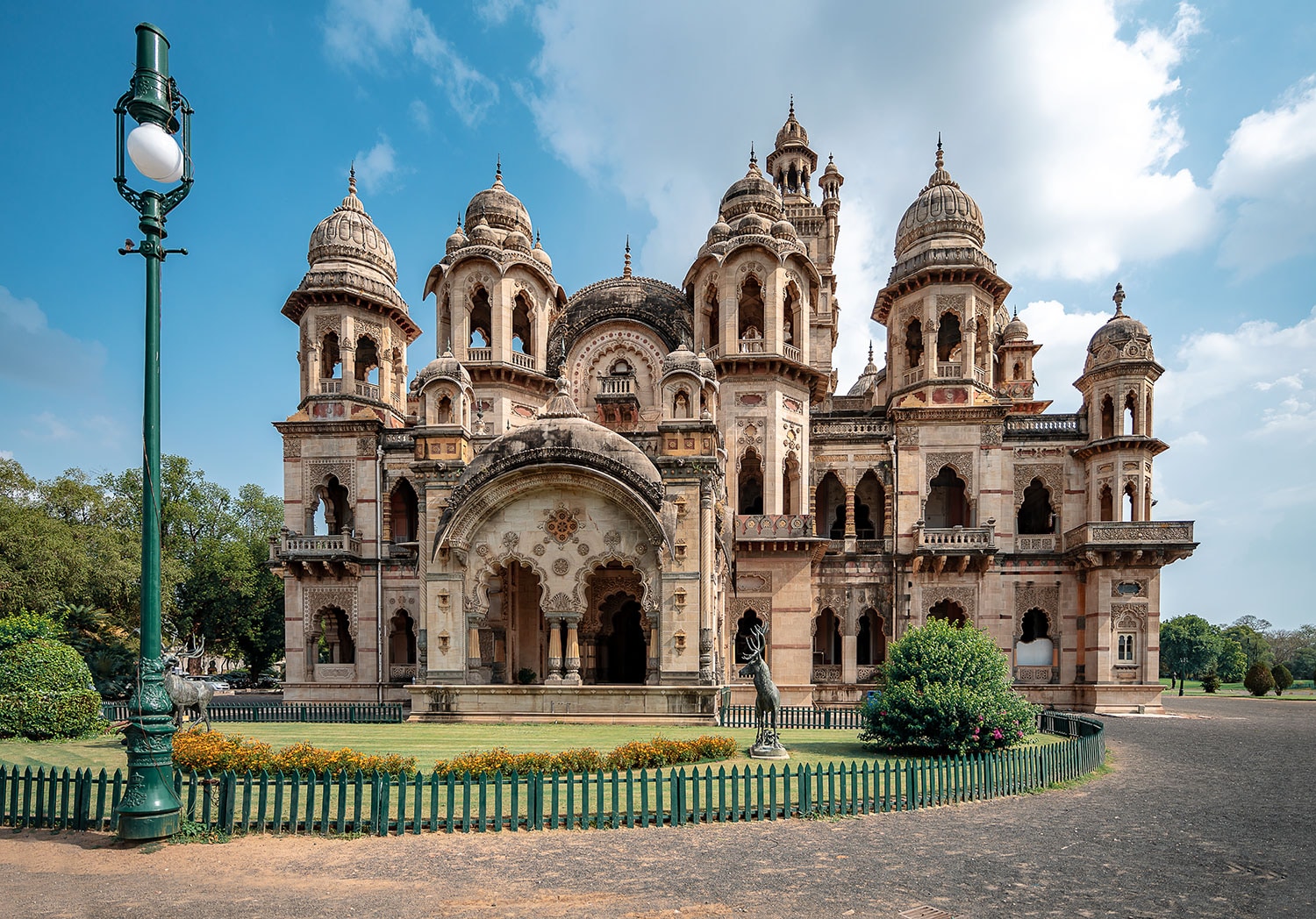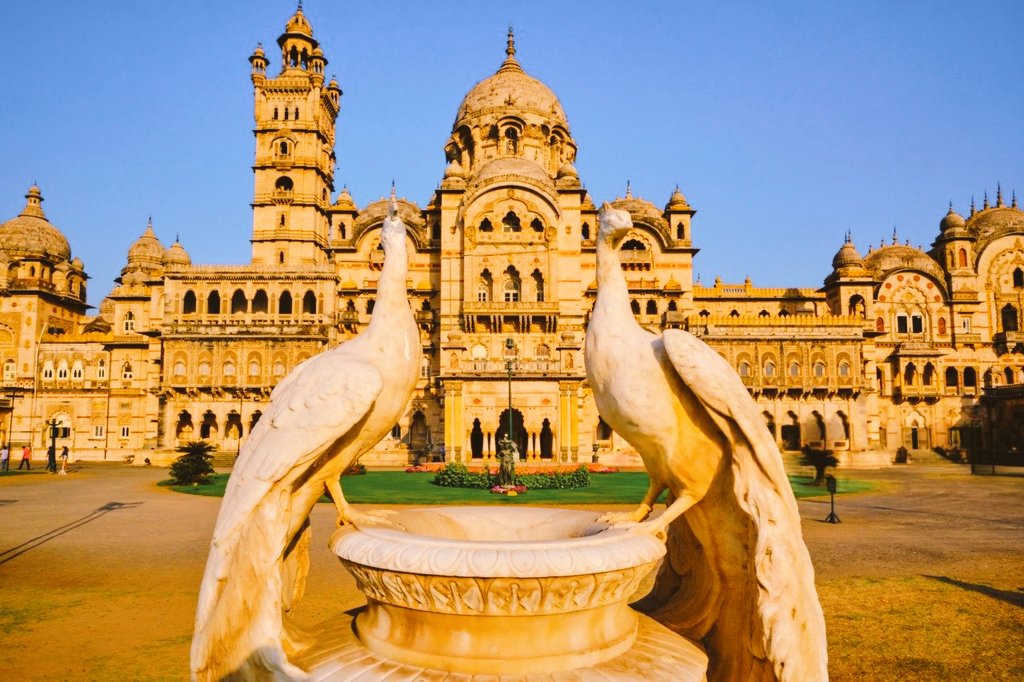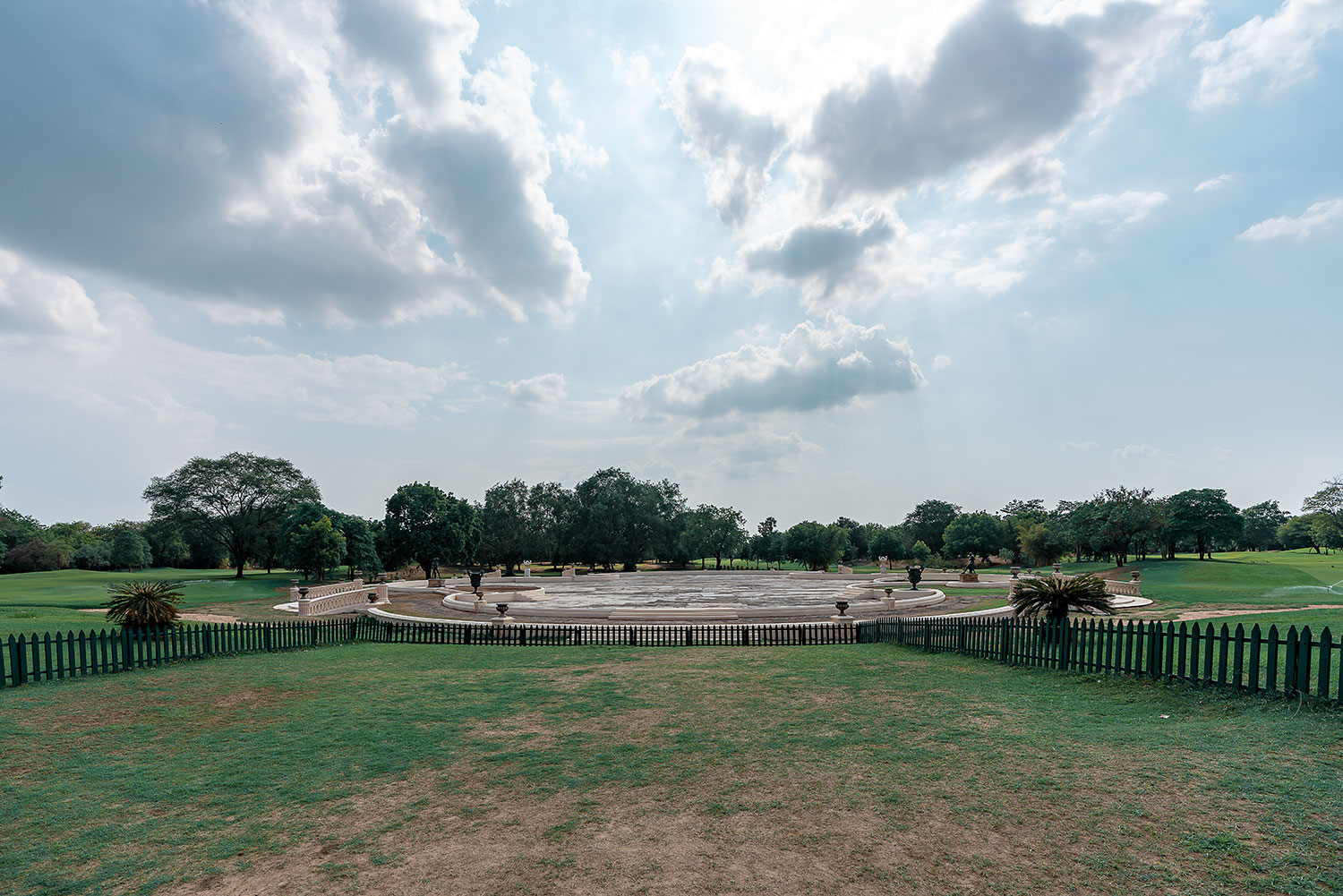
In the heart of Vadodara, Gujarat, sits one of India's grandest royal residences: the Lukshmi Vilas Palace.
Built in 1890 by Maharaja Sayajirao Gaekwad III of the Gaekwad dynasty, the palace is a breathtaking blend of Indian tradition and European modernity.
Often described as being four times the size of Buckingham Palace, the Lukshmi Vilas Palace is also the world's largest private residence.
How It All Began
When Maharaja Sayajirao Gaekwad III decided to build a new royal residence for his family, he wanted something that represented both his Indian roots and his admiration for European sophistication. His vision was clear: to create a palace that would symbolise Baroda's growing status as a 'progressive princely state' under his rule.
The construction began in 1878 and took nearly twelve years to complete, finally opening its ornate doors in 1890. The main architect was Major Charles Mant but due his untimely death during its construction phase, the palace was completed by Robert Fellowes Chisholm.
A Royal Marvel In Stone And Style
Spread across 500 acres, Lukshmi Vilas Palace is an extravagant display of Indo-Saracenic architecture, a style that harmoniously fuses Mughal, Hindu, and Gothic elements.

Lukshmi Vilas Palace was built at a cost of £180,000 (₹25,00,000). Photo: Gujarat Tourism
Once you step inside, you'll find yourself transported to another era. The Darbar Hall, one of its most famous spaces, features a stunning Venetian mosaic floor and Belgian stained-glass windows that cast colourful light across its walls.
Outside the hall lies an Italian-style courtyard fountain, surrounded by bronze and terracotta sculptures that highlight the fine craftsmanship of Indian artisans.
Back in 1890, the palace was also considered remarkably modern, it was fitted with elevators, electric lighting, and European-style plumbing, which were luxuries unheard of in most royal households of that time.
Sayajirao's Modern Vision
The charm of Lukshmi Vilas Palace lies in its seamless cultural fusion.
It combines Indian design principles guided by Vastu Shastra with European refinement. Its domes are Mughal in spirit, arches distinctly Rajput, and jharokhas Gujarati. Yet, these stand alongside Victorian spires, Italian marble pillars, and Renaissance-style facades.

The charm of Lukshmi Vilas Palace lies in its seamless cultural fusion. Photo: X
Maharaja Sayajirao Gaekwad III was no ordinary ruler. A reformist, he envisioned Baroda as a model of enlightened governance, education, and art. His involvement in the palace's design went far beyond commissioning it.
He personally selected the Indo-Saracenic style, invited foreign architects, and encouraged the integration of new materials and artistic innovations.
A Palace Within A Palace, A Heritage Site And A Museum
The Lukshmi Vilas Palace estate includes several auxiliary structures that add to its grandeur.
The Moti Bagh Palace (which was originally a luxurious guest house for the architects who worked on the Lukshmi Vilas Palace) and Banquet Hall still stand on the premises, while the Maharaja Fateh Singh Museum remains one of its star attractions.
The museum houses an exquisite collection of paintings by Raja Ravi Varma, who was commissioned by the Maharaja himself. His portraits of the Gaekwad family and mythological works still adorn the walls, making it a must-see for art lovers. The museum also displays European sculptures, artefacts, and historical memorabilia from the royal era.
Another highlight is the 9-hole golf course that Maharaja Pratapsinha established in the 1930s for his European guests. It was opened to the public in 1960 and continues to attract golfers from across the region.

Lukshmi Vilas Palace has a 9-hole golf course that Maharaja Pratapsinha established in the 1930s Photo: GT
Within the palace grounds, you'll also find landscaped gardens, ornamental ponds, and the ancient Navlakhi stepwell. At one time, there was even a private zoo within the estate.
Even today, the palace is one of the key tourist attractions in Gujarat.
The Gujarat Tourism page describes the magnificence of this palace as, "The most impressive Raj-era palace in Gujarat, its elaborate interiors boast well-maintained mosaics, chandeliers, and artworks, as well as a highly impressive collection of weaponry and art. Paintings by the famous artist, Raja Ravi Verma who was specially commissioned by the then Maharaja of Baroda, adorn the palace. It's set in expansive park-like grounds, which include a golf course. The Navlakhi stepwell in the premises is a window to the ancient water resource system built by kings to overcome the parched lands of Gujarat."
Who Lives Here Today
The Palace is the residence of the Gaekwad family, the former princely rulers of Baroda.
The descendants of Maharaja Sayajirao Gaekwad III, including Maharaja Ranjitsinh Pratapsinh Gaekwad and other family members, continue to live in parts of the palace.
Another prominent figure of the Gaekwad family was Indira Devi. Born as Indira Raje in 1892, she was the daughter of Maharaja Sayajirao Gaekwad III and his second wife Maharani Chimnabai II.
Indira Devi was initially engaged to Maharaja Madho Rao Scindia of Gwalior but broke off the engagement to marry Jitendra Narayan, the younger brother of the then Maharaja of Cooch Behar, whom she loved despite familial opposition.
After marrying Jitendra Narayan in 1913 in London (without her parents attending), Jitendra became the Maharaja of Cooch Behar following his elder brother's death. Following the death of her husband in 1922, Indira Devi served as the regent of Cooch Behar from 1922 to 1936 during the minority of her eldest son Jagaddipendra Narayan. She was the mother of the famous Princess Gayatri Devi, who later became the Maharani of Jaipur.
But more on that later. Even today, Lukshmi Vilas Palace remains the private residence of this royal family.
Descendants of Maharaja Sayajirao, including Maharaja Ranjitsinh Pratapsinh Gaekwad's lineage, continue to live in the upper floors of the palace. While the first floor and certain sections remain private, the ground floor has been converted into a museum open to visitors.
Visiting The Palace Today
Lukshmi Vilas Palace is open to visitors, offering a guided experience through parts of its museum and grounds. The entry fee is Rs 200 per person. From the majestic Darbar Hall to the tranquil lawns, every corner tells a story of opulence, artistry, and royal vision.
According to the official site, the best time to visit the palace is now (between October and December) when the weather in Vadodara is pleasant enough to enjoy long walks around the palace gardens and museum complex.
Also Read: How The Rs 22,400-Crore Umaid Bhawan Palace, Where The Jodhpur Royals Still Live, Was Built
Track Latest News Live on NDTV.com and get news updates from India and around the world

